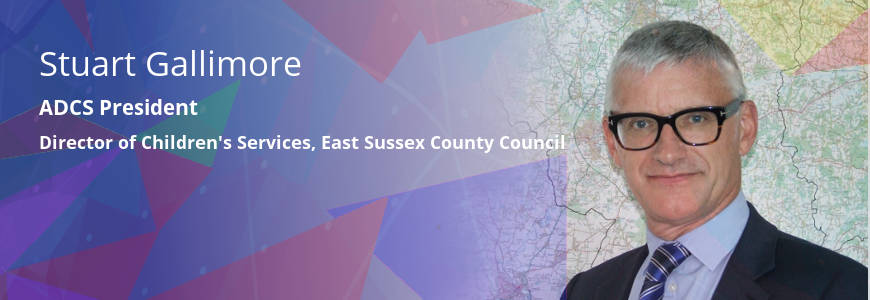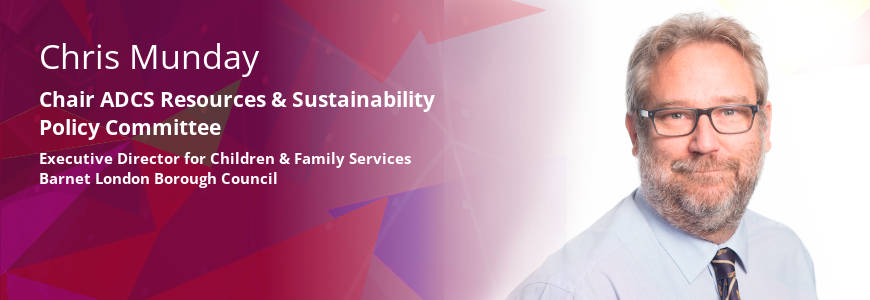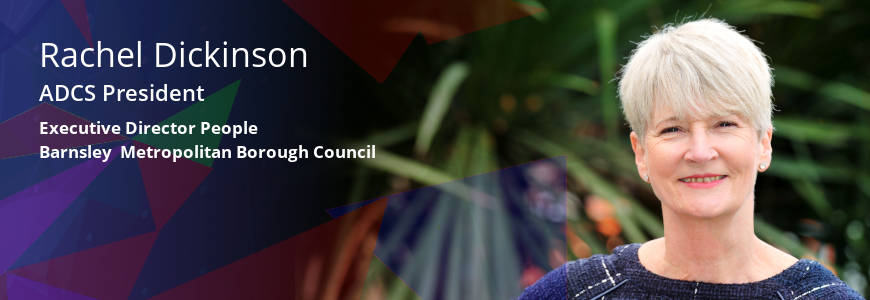International migrants day

Colleagues, Monday 18 December marks International Migrants Day and as Chair of the Association’s Migrant Families Taskforce, I wanted to revisit my first blog for ADCS published back in August, which reflected on a recent visit to Dover in Kent with Esther, ADCS Chief Officer, to better understand the experiences of under 18 year olds arriving in the UK, without a parent or carer, and who are claiming asylum.
Since then, I have had the privilege during November to present the Association’s views to both the Joint Committee on Human Rights in the Palace of Westminster and to the National Children and Adults Social Care Conference in Bournemouth. The former consisted of 12 members of the House of Lords (including Dames Doreen Lawrence and Helena Kennedy KC) and the House of Commons tasked with examining matters relating to human rights of asylum seekers in the UK, as well as scrutinising draft legislative bills for compatibility with these rights. At the Committee hearing, I spoke in relation to the Illegal Migration Act 2023 (IMA) and its compatibility, or not, with Children Act 1989. We believe that these two Acts will clash not least because of our clear duties under the 1989 Act to care leavers and the possibility of children in care being detained, and potentially transported to Rwanda, when they turn 18 years old. We also believe that there are other risks associated with the IMA, more on that later.
First some context to set the scene. In the five and a half years between 2016 and 2021, 2,792 children and young people under 18 years old were transferred, primarily from Kent, to other local authority areas across the country via the National Transfer Scheme (NTS), with on average 40 or so children and young people transferred each month. Whereas between January 2022 and September 2023, 5,542 children were transferred via the NTS, representing an average of approximately 260 per month.
In total, as of March 2023, 7,290 unaccompanied asylum seeking children were in care, up almost a third (29%) on the previous year and up 42% on the pre-pandemic position. This cohort now represent almost 1 in 10 (9%) of all children in care, 96% are male and 76% are 16 or 17 years old compared to only 16% of all children in care of this age. This reality presents some challenges to the sector including: place planning for children in care and sufficiency of placements; social workers doing more age assessments; funding continuing not to reflect actual costs of care, and now the uncertainty and worry caused by the Illegal Migration Act 2023.
The IMA 2023 could have the unintended consequence of encouraging more arrivals presenting as under 18, more children traveling here alone via boat, and children going missing from care as they approach their 18th birthday driven by the fear of detention as a young adult. Recently published government data for the first nine months of 2023 show that while “all-age” illegal migrants arriving on the south coast is down 25% since the same period in 2022, there has been a 12% increase in arrivals aged under 18 meaning that children now represent 1 in 10 of those arriving, compared to 1 in 15 in 2022.
The NTS was never designed to deal with this number of children and young people arriving alone in the UK to seek asylum. The Association has questioned whether the National Transfer Scheme remains fit for purpose and is encouraging the Home Office and Department of Education to urgently review it with us. We’re also continuing to advocate for the recognition of the primacy of the Children Act 1989, and the long established entitlements and protections it contains, to continue to apply to all children in care regardless of where they were born. It’s the right thing to do.
Related Blog Articles
I tend to think of myself as a “glass half full” person (those of you who...
In Health
The privilege of being a member of ADCS, a member of our Council of Reference...
In Safeguarding & Child Protection
It only feels like a few weeks ago when I was writing my first blog as ADCS Vice...
In General
This blog was first due a couple of weeks ago, but the small matter of an ILACs...
In
‘We lay the foundations so they can soar’, said Anna, our retiring Virtual...
In Youth Justice & Secure Estate
We all know how important it is to be a good corporate parent and in Derby,...
In Care
As I write this I am reflecting on the life of a wonderful friend and colleague...
In General
Long before I became a Director of Children’s Services, in the annals of...
In Care
Like most directors of children’s services (DCSs) I think I am pretty good at...
In General
Yesterday marked the beginning of this year’s National Care Leavers Week which...
In Care
As I write this blog in a local café, the radio announces that 15...
In Safeguarding & Child Protection
As I write this blog, we are in the final days of the various general election...
In General
There are over 150,000 children growing up in kinship care in England today, and...
In Care
Well, that was the year that was, to paraphrase a famous satirical TV programme....
In General
I am sat writing this blog recovering from a bout of covid, a sharp reminder...












